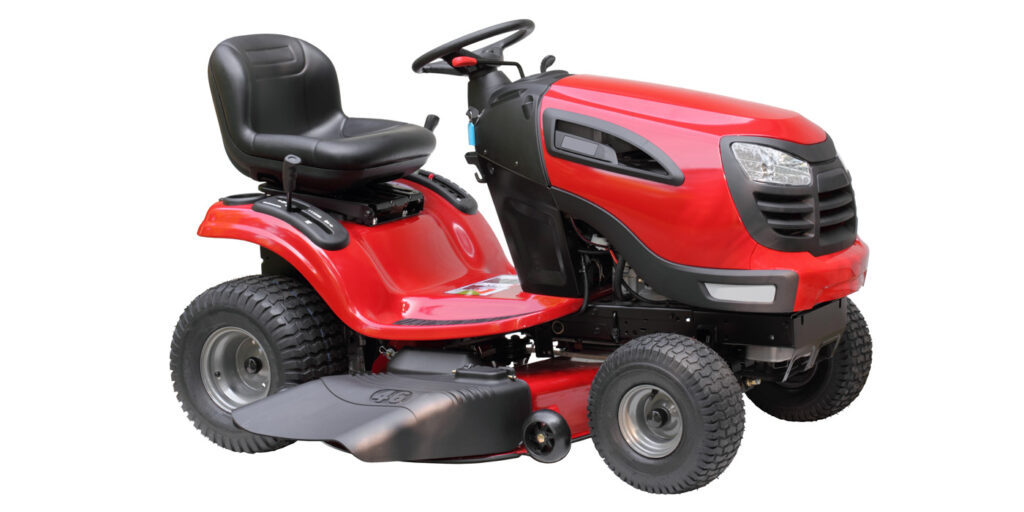When asked what we do for a living, most of us would humbly respond that we “sell auto parts.” But, in the course of any workday, the needs of our customers can stretch far beyond brakes for an Impala or a timing kit for a Civic.
The same customers who regularly call or visit us for “auto parts” also may have a garage full of recreational toys, lawn-and-garden equipment and maybe even a boat sitting on a trailer in the backyard. All of these are opportunities that can provide us with additional sales … if we know where to look.
Starting small, nearly everyone has a lawnmower. From a Briggs-powered push mower to a zero-turn rider, that grass is going to need cutting eventually! Spark plugs and filters are simple maintenance items that are easily catalogued or interchanged, and motor oil is a universal expectation for any parts store. For small engines such as weed-eaters and chainsaws, ethanol treatments, fogging oils and two-stroke oil (or pre-mixed fuel) are popular seasonal items. Riding mowers also give us the chance to sell batteries and drive belts. Like plugs and filters, these items are easily cross-referenced, and our vendors usually have cataloging to help us fill in the gaps.
Landscaping companies also can be great clients, with a fleet of trucks, trailers and multiple pieces of lawn and garden equipment in need of preventative maintenance. Once the snow flies, many landscapers switch to snow plowing, which provides us sales of plow parts and hydraulics, as well as a wide array of parts for their plow trucks.
Winter also means snowmobile season in the northern part of the country. Sled-heads often will stop in for belts and spark plugs, which are spare items most snowmobilers carry with them at all times. Snow machines, some ATVs and gas golf carts use the same kind of CVT-type drive belts, so these are popular sales year-round.
When it comes to electric golf carts, batteries can be a big-ticket sale. Electric carts usually require a half-dozen specialized 6- or 8-volt deep-cycle batteries, installed in series to create the required 36 or 48 volts. Regular 12-volt automotive batteries typically don’t have the reserve capacity to power an electric cart, but a standard 12-volt battery is often found in gas carts.
Batteries also are one of the most frequent “marine” sales for most stores. Marine batteries often are marketed as “dual-purpose” or “starting” batteries. Starting batteries are just that – optimized for cranking over the engine. Dual-purpose batteries are better at the deep discharge and long reserve capacity needed for when the engines aren’t running. Dual-purpose batteries also are popular with the RV crowd, as an auxiliary battery for running on-board electrics when the camper is idle. The vehicle’s battery provides the cranking power to start the engine, but is isolated from the “living space.” While both types of battery are capable of pulling double-duty, each has its advantages when used as intended.
Back on the boat, the starting and charging systems feature starters and alternators, but even though they look a lot like their automotive versions, marine rotating-electrical units are built to a different standard. Seals and shields unique to marine units help keep moisture and other contaminants out of the unit, help prevent stray sparks from igniting fuel vapors below deck and guard against electric shock in damp areas. Marine-approved components are required by law, and compliance is enforced by the Coast Guard. For twin-engine inboards, also remember that one engine is usually reverse-rotation, so the rotating parts (including that starter) need to go “backward” too!
Finally, anyone with all of these cool toys will need to haul them from place to place. Trailer accessories are another excellent category for additional revenue. Lights and wiring are the easiest requests, but bearings and even electric brakes aren’t too difficult to match up with a little practice! Hitch receivers, fifth-wheel and gooseneck components, and ball mounts round out this category.












